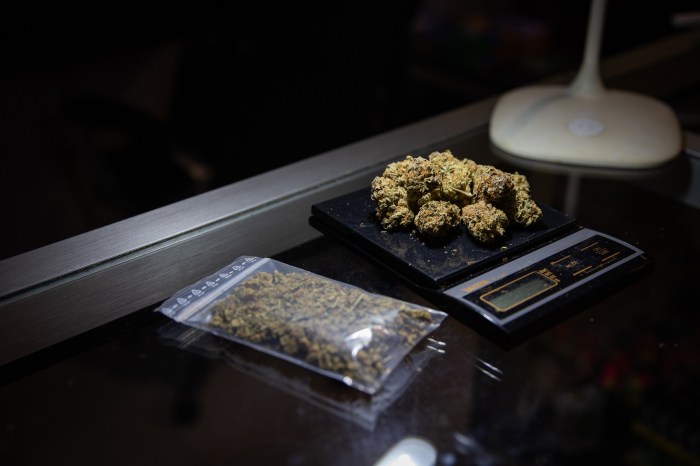A New York lesbian pioneered is remembered for her intoxicating passion
Betty Santoro, who was at once one of the fiercest and most warm-hearted lesbian leaders of the past three decades, died on Saturday, December 10 following a cerebral hemorrhage the week before. She was 67 years old.
Santoro was an early member of Lesbian Feminist Liberation (LFL), the women who had split with the predominately male Gay Activists Alliance (GAA) in 1971 in those heady post-Stonewall years when a militant LGBT movement flowered. In 1977, when a Miami gay rights ordinance was overturned in the first serious taste of anti-gay backlash, Santoro and Eleanor Cooper of LFL joined with GAA and 50 other groups to revitalize and radicalize the New York movement by forging the Coalition for Lesbian and Gay Rights (CLGR).
The primary goal of the new group was to pass the city bill, introduced in 1971, to add sexual orientation to the human rights law, a campaign that did not succeed until 1986 after more than 10 public hearings and defeats in committee. Santoro was the lead lesbian testifier at the March 11, 1986 public hearing the year the bill finally passed. She described being fired from three teaching positions because it was “rumored” that she was a lesbian, despite superior ratings, and finding garbage piled in front of the door of her apartment telling her to “get out of the neighborhood” as well as being “brutalized by three male owners of a hotel,” again because she was “thought” to be lesbian.
With anger and determination, she told the City Council’s General Welfare Committee, “And it is both humiliating and degrading that we should have to stand here once again and try to convince anyone that we have suffered enough to deserve to be treated like human beings.” She added, “We can wait no longer for this bill to be passed. Our community is at its breaking point.” This was in the early years of the AIDS epidemic.
The bill passed 21-14 in the full Council and was signed into law by Mayor Ed Koch.
Santoro already had serious health problems by the time of her testimony and struggled with a variety of ailments. But she played a key role in the emergence of LGBT groups in Queens as well as the marriage equality fight.
Santoro was born Elizabeth Botta on April 26, 1938 in Brooklyn and grew up in Queens. Although she yearned to be a professional singer as a girl, she went to NYU to be a physical education teacher, serving at area high schools as well as at Nassau Community College and Queens College.
At a service in Forest Hills on Tuesday, her brother Joseph Botta was among several family members who lauded the way “she changed things in this country.” Her former partner and lifelong friend Linn “Jeff” Jeffries called her “the best listener who ever lived” who did everything with “passion.” Sean Cahill of the National Lesbian and Gay Task Force noted her key role in organizing the first March on Washington for LGBT rights in 1979. “Imagine, if that march hadn’t happened when the AIDS epidemic hit in 1981, how much worse it would have been.”
Dr. Joyce Hunter, also a spokeswoman for CLGR, said, “Today’s activists need to know that they are standing on the shoulders of lesbian activists like her.” Jesus Lebron worked with her in 1997 in Gay and Lesbian Advocates for Change stumping for Ruth Messinger, an ardent supporter of LGBT rights, when the Empire State Pride Agenda stayed neutral in the race against incumbent Mayor Rudy Giuliani. “Her spirit was intoxicating,” Lebron said.
Juanita Ramos, who worked with her in LFL, recalled with awe how Santoro was able at a demonstration to neutralize “some six-foot guy who was acting out.” Joy Kallio, also active with her from the early 1970s, noted that Betty first adopted the name Santoro because of her fear her activism could lead her to lose her teaching job. “When you have something you do that you love, it breaks your heart to lose it,” she said. “But she overcame her fear with a passion.”
My most vivid memory of Santoro will always be marching into a sea of thousands in Central Park’s Sheep’s Meadow in the mid-1970s at the end of a Pride march where all were cheering madly for one of the purest and strongest leaders we ever had, Betty Santoro. She died still looking forward to getting “old timers” in the movement together to bring it back to its grassroots origins.
gaycitynews.com


































